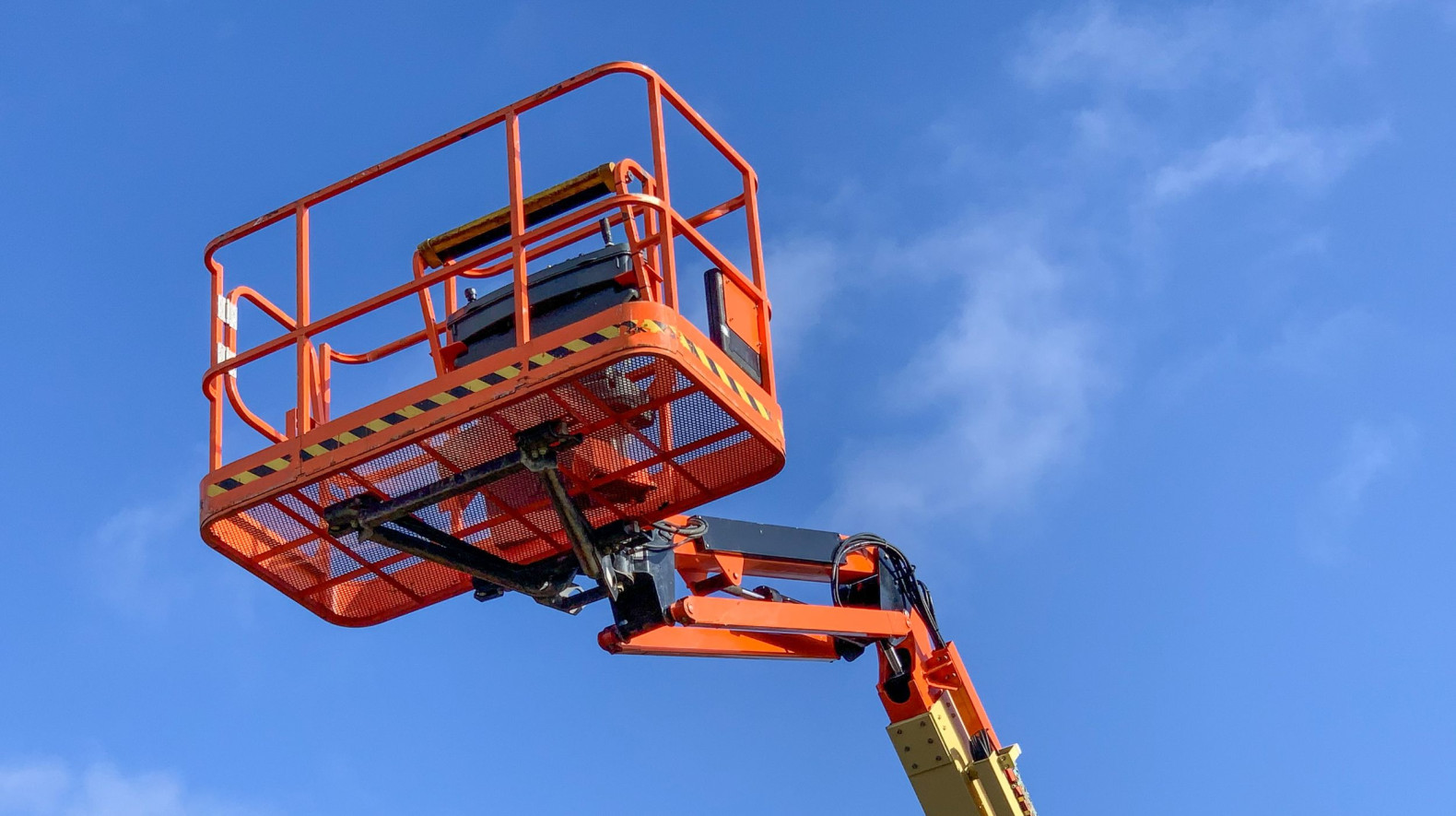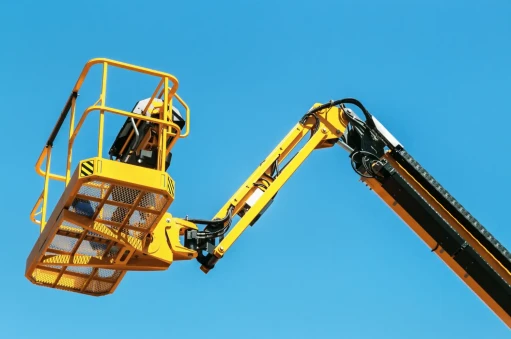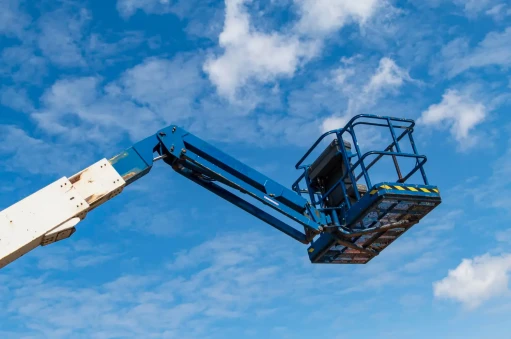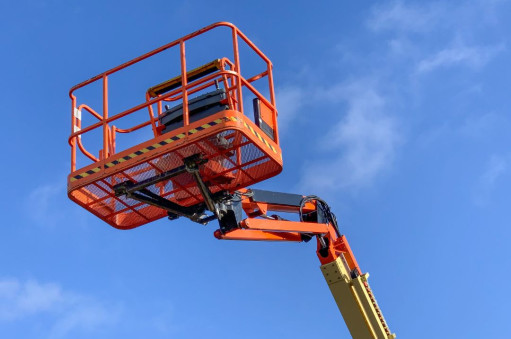
Working at height involves risks, and using equipment like a cherry picker requires specific safety measures to prevent accidents. It’s important to explore the safety requirements for operating cherry pickers, focusing on the rules surrounding the use of harnesses, and provide guidance to ensure compliance with UK regulations.
A cherry picker, also known as a mobile elevated work platform (MEWP), is a hydraulic lift used to elevate workers to high areas. Cherry pickers are widely used for tasks requiring access to heights, such as in construction, maintenance, and tree surgery. While they offer flexibility and ease of access, hiring a cherry picker also involves certain safety risks, such as falls, which makes understanding and adhering to safety protocols crucial.
Yes, in the UK, wearing a harness while operating a cherry picker is generally required as a key safety measure. The Health and Safety Executive (HSE) strongly recommends that a suitable fall arrest system, including a full-body harness and a lanyard attached to an appropriate anchorage point, should be used to protect against falls.
The use of a harness is intended to prevent serious injury or death if an operator were to fall or be thrown from the platform due to unexpected movement, such as a jolt or collision. It’s also worth noting that different employers or sites may have specific safety policies that mandate harness use while operating cherry pickers.
To ensure maximum safety while operating a cherry picker, it’s essential to know how to use a harness properly:
According to the Work at Height Regulations 2005, employers in the UK must ensure that all work at height is properly planned, supervised, and carried out safely. This includes providing appropriate fall protection equipment, such as harnesses, and ensuring that workers are trained in their use.
Employers must conduct a risk assessment to determine the specific safety measures required for each job, including whether a harness is necessary. In most cases, where there is a risk of falling, wearing a harness is mandatory.
Wearing a harness while using a cherry picker in the UK is not just a recommendation; it is a crucial safety measure that helps prevent accidents and ensures compliance with legal regulations. Whether you are a business owner or an operator, understanding and adhering to safety guidelines is essential to protect yourself and others while working at height.
- Yes, wearing a harness in a cherry picker is generally required in the UK to protect against falls and ensure compliance with safety regulations.
- A full-body harness with a lanyard attached to a designated anchorage point should be used in a cherry picker.
- While it is generally required, the need for a harness depends on a risk assessment of the specific job and the equipment being used.
- Not wearing a harness increases the risk of serious injury or death if the operator falls or is ejected from the platform.
- A harness should fit snugly and be adjusted for comfort, with all straps secure. The lanyard should be attached to a designated anchorage point.
- The employer is responsible for providing appropriate safety equipment, including harnesses, for workers using cherry pickers.
- The Work at Height Regulations 2005 require employers to ensure that work at height is planned, supervised, and carried out safely, including the use of harnesses.
- No, only a full-body harness that meets UK safety standards should be used. Check that it is suitable for the specific type of work.
- Harnesses should be inspected before each use for signs of damage, wear, or defects to ensure they are safe.
- Exceptions may exist based on a risk assessment of the specific situation. However, it is generally recommended to wear a harness for safety.




